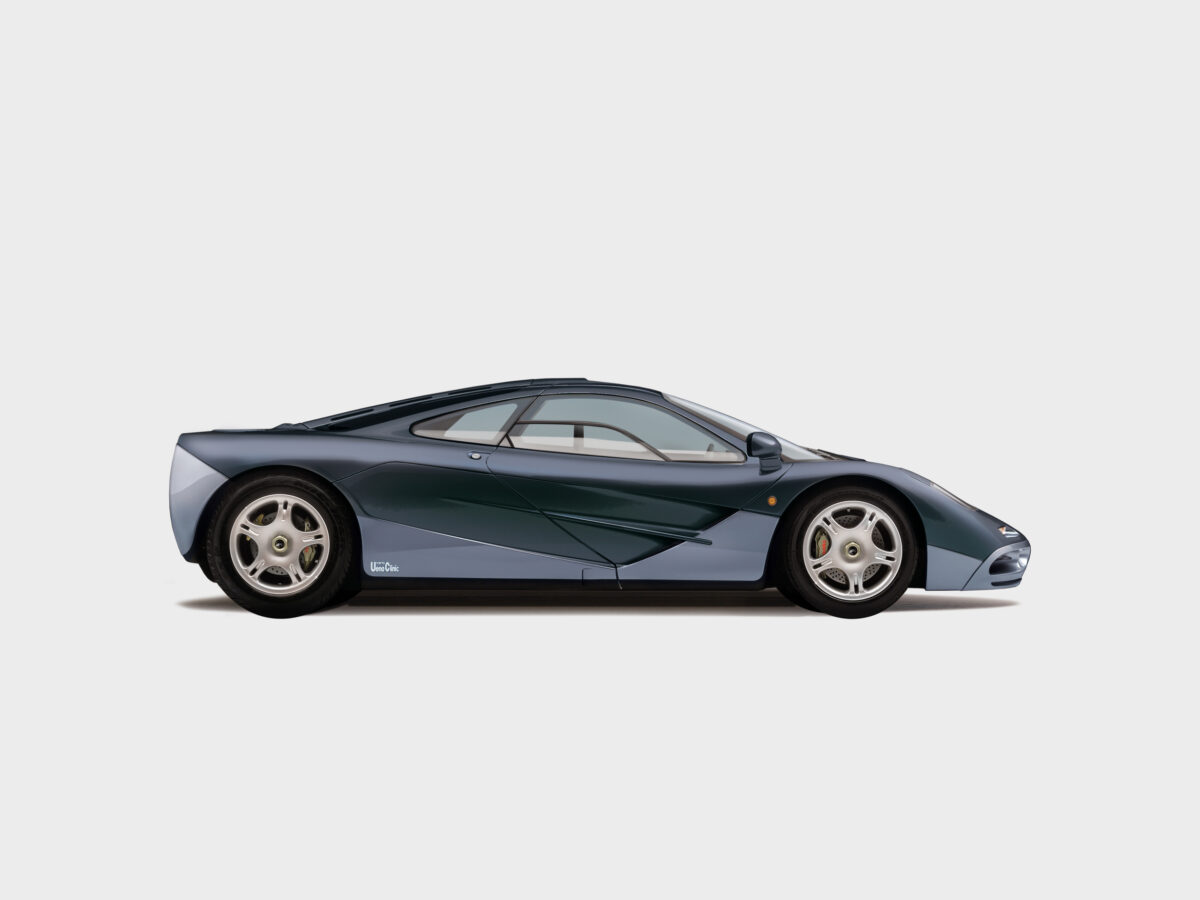McLaren – F1 (1995)
Details
- Vehicle Type:
- Coupé
- Coach Builder:
- McLaren
- Cylinders:
- V12
- Engine CC:
- 6064
- Entrant
- Tony Vassilopoulos (UK)
Classe H

To this day, the McLaren F1 remains the fastest naturally aspirated production car with a top speed of 384 km/h (240 mph). The idea for the F1 was born while four men were awaiting the return flight from the Milanese Linate Airport after the 1988 Monza Grand Prix in Milan. At that time, Ron Dennis was head of McLaren, and the supercar was designed by Gordon Murray. The car featured an all-carbon chassis and a central driving position with no power driving aids at all. This arguably remains the most driver-centric supercar ever built. When McLaren were looking for a power unit, Murray contacted Paul Rosche, BMW’s legendary engine designer who was well known to him from his Brabham days. BMW Motorsport went on to supply a 6.1 litre V12 engine designed by Rosche for the new supercar. Almost immediately after the launch in 1992, customers asked for a racing version. Consequently, 28 racers were built out of a total of 106 cars produced. Although never originally designed as a race car, the McLaren F1 was very successful campaigning in races, with outright victory at the 24 Hours of Le Mans in 1995, piloted by JJ Lehto, Yannick Dalmas and Masanori Sekiya. This McLaren F1 road car, chassis number 43, was ordered by Motokatzu Sayama, the owner of Ueno Clinic, a healthcare group in Japan. He specified the exterior in two-tone grey, to match his contemporaneous Mercedes Benz SL. A detail that makes the story of this car very special is that Ueno Clinic became the main sponsor of the factory prototype McLaren F1 GTR works car that won the 1995 Le Mans race. On the back of the sponsorship, he requested that the race car should be painted in two-tone grey – to match his road car. This wish was granted and Mr Sayama was able to secure a seat in the car for Masanori Sekiya, who went on to become the first Japanese racing driver to win at Le Mans.
